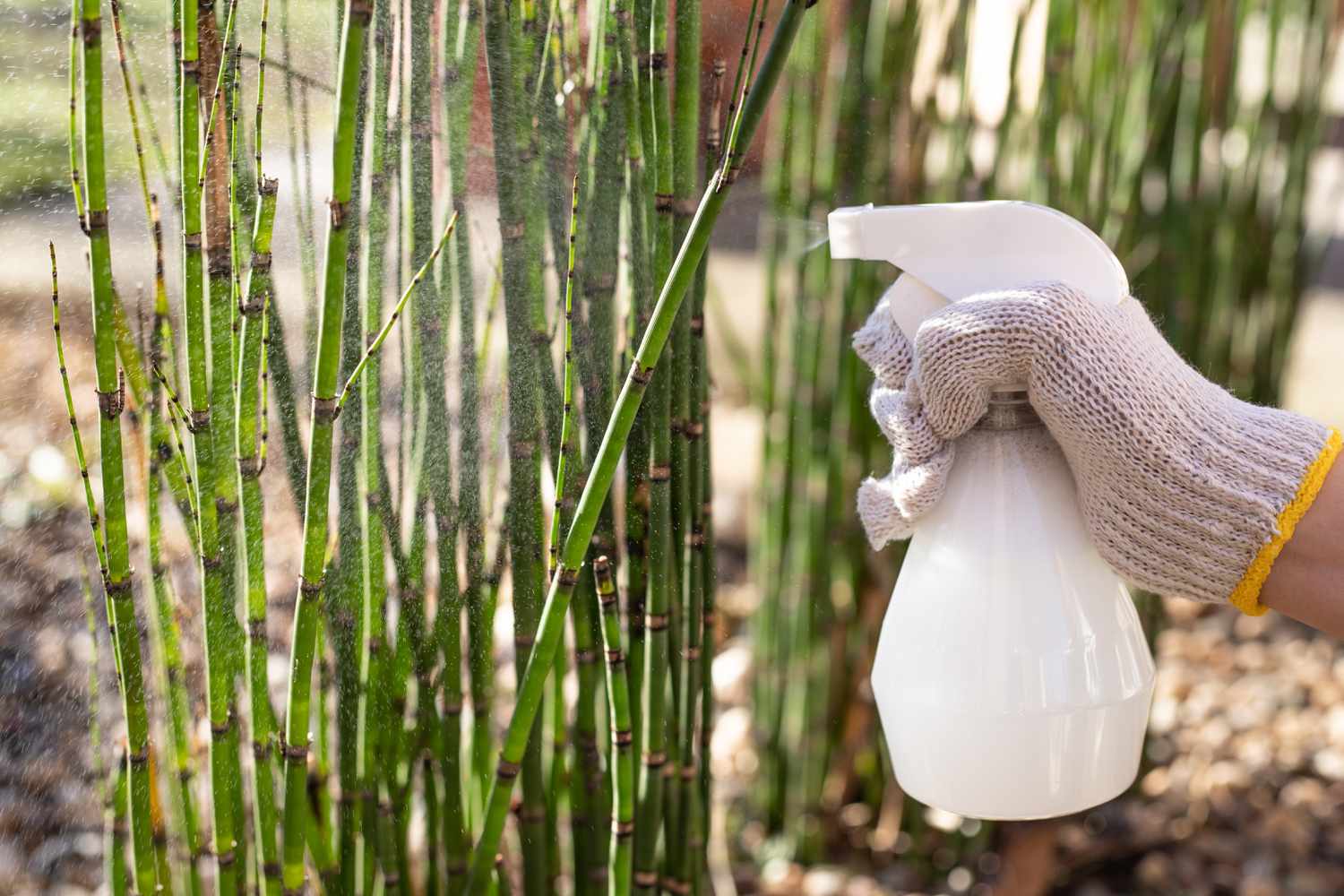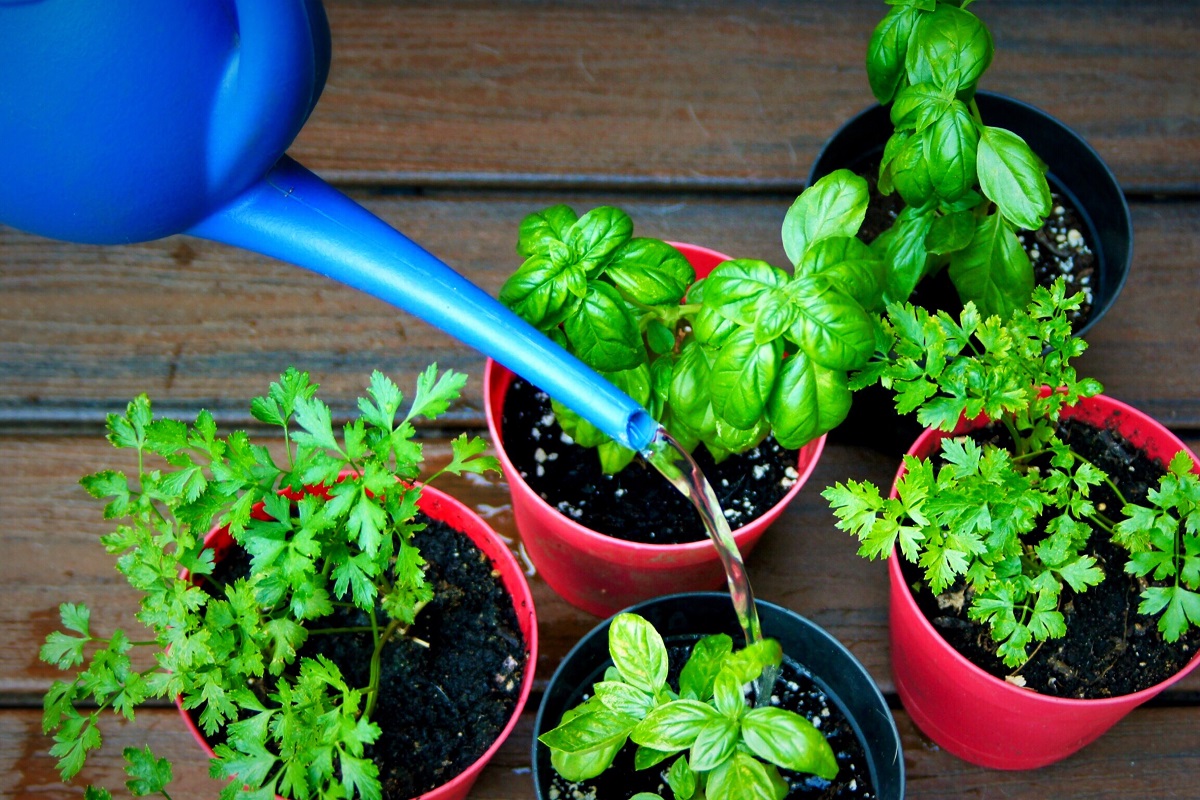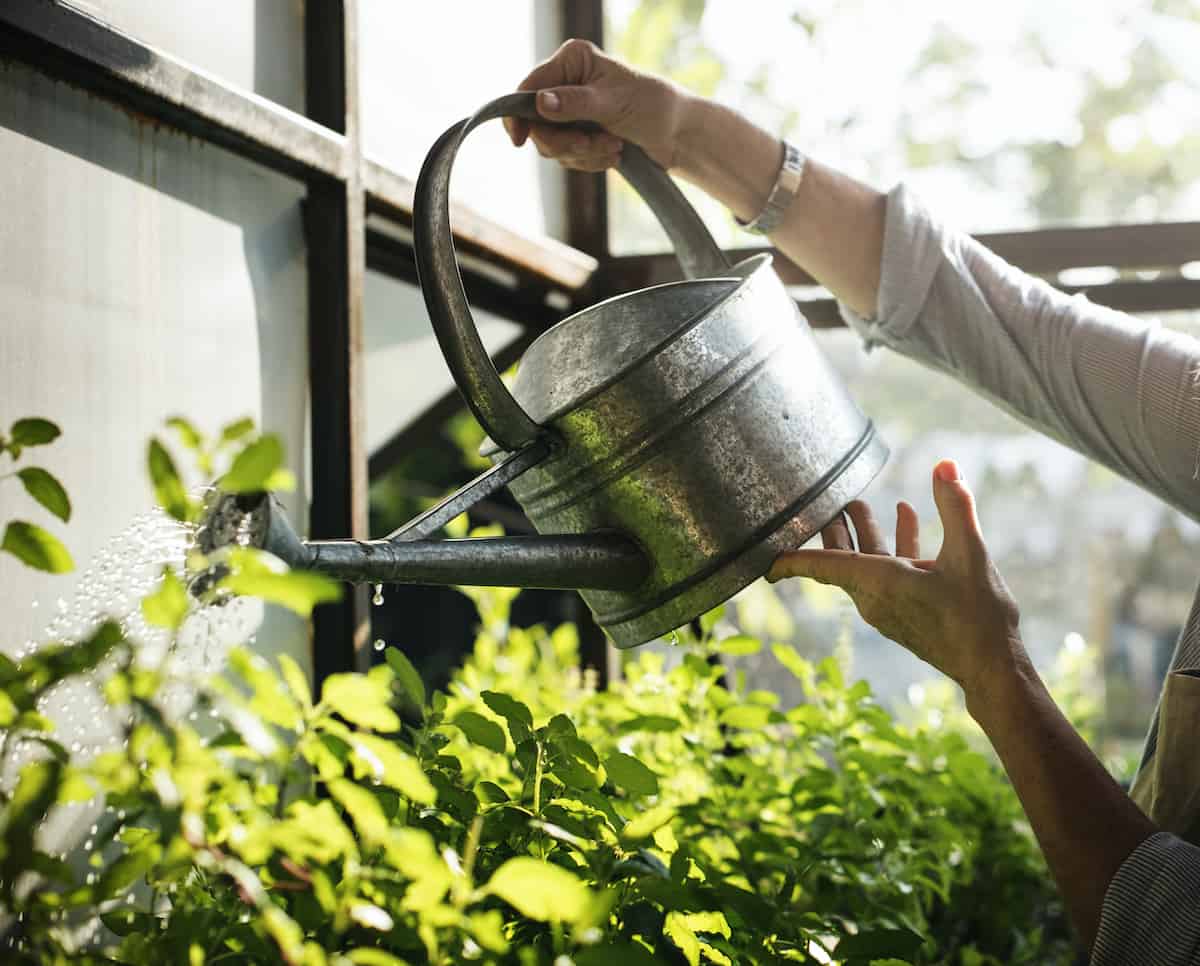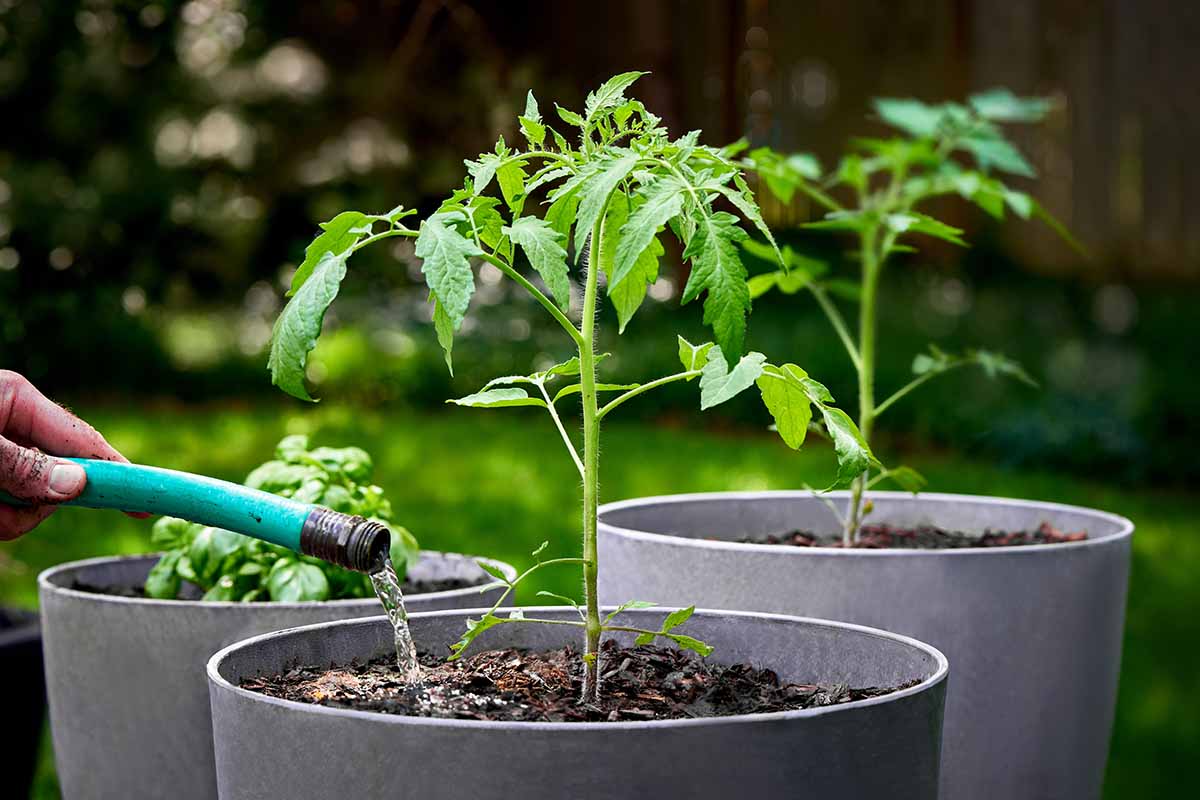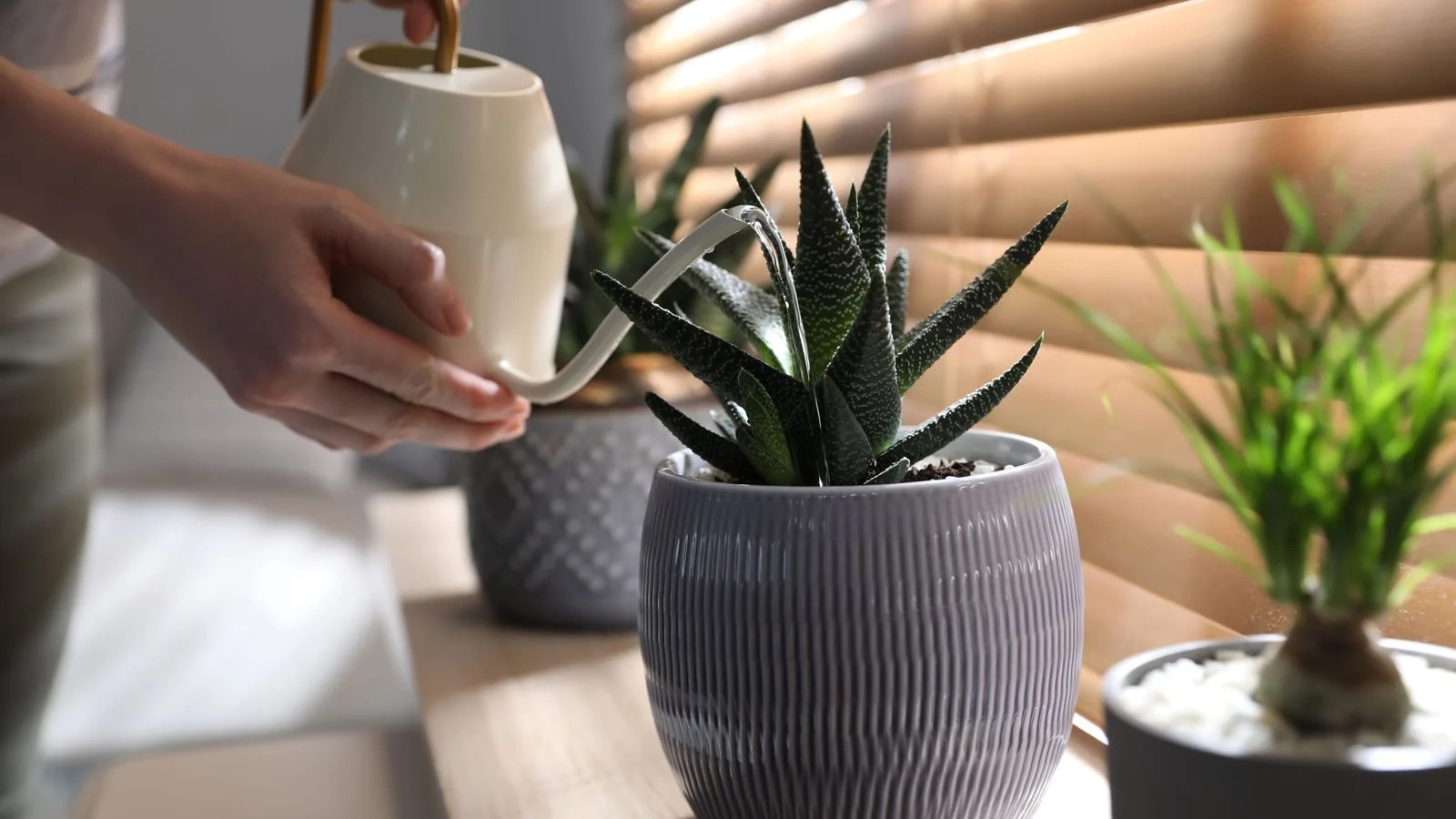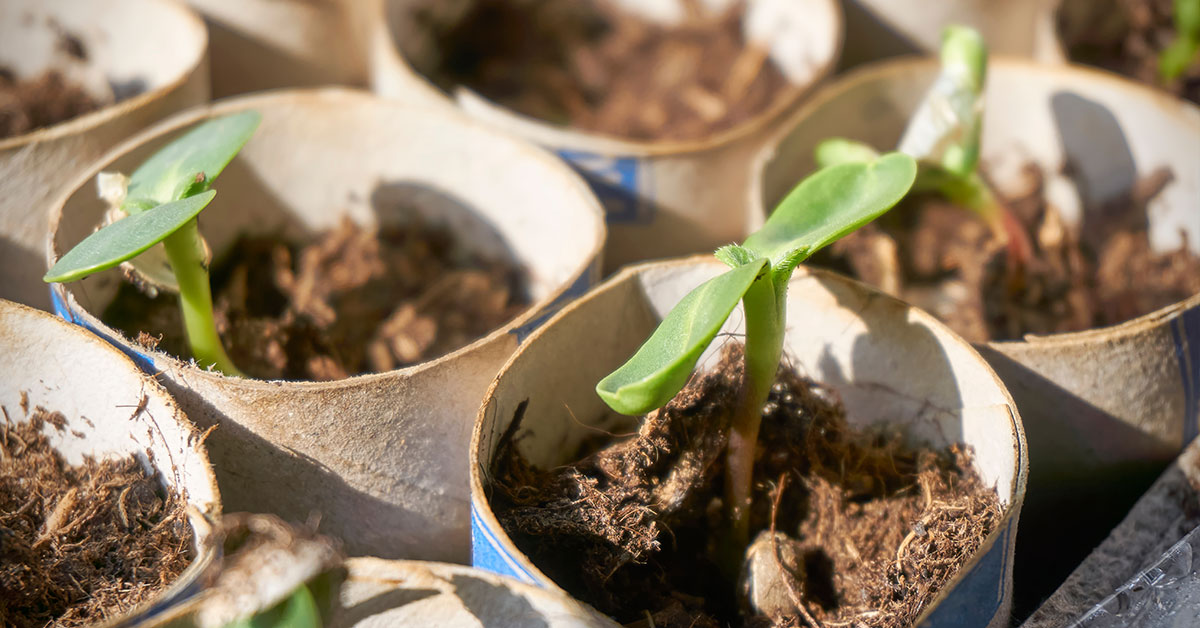Home>Gardening Techniques>Plant Care>How Often Should I Water Sunflowers


Plant Care
How Often Should I Water Sunflowers
Modified: February 6, 2024
Learn about plant care for sunflowers, including how often you should water them. Discover expert tips to keep your sunflowers healthy and thriving.
(Many of the links in this article redirect to a specific reviewed product. Your purchase of these products through affiliate links helps to generate commission for Chicagolandgardening.com, at no extra cost. Learn more)
Table of Contents
Introduction
Welcome to the world of sunflowers! These stunning, vibrant flowers are not only a joy to behold; they also require proper care to thrive and reach their full potential. One crucial aspect of sunflower care is watering. Understanding how often to water sunflowers is essential for their growth and overall health.
While sunflowers are known for their ability to tolerate dry conditions, they still need consistent watering to flourish. However, it’s important to strike a balance and avoid overwatering, as it can lead to root rot and other problems.
In this article, we will explore the factors to consider when determining the watering frequency for sunflowers. We will also discuss the signs of under-watering and over-watering, as well as provide some helpful tips for proper sunflower watering.
So, whether you’re a beginner sunflower enthusiast or an experienced gardener seeking to fine-tune your care routine, read on to discover the secrets of watering sunflowers and ensuring their success!
Factors to Consider
When determining how often you should water sunflowers, several factors come into play. Understanding these factors will help you develop a watering routine that meets the specific needs of your sunflowers. Here are the key factors to consider:
- Climate: The climate in your region plays a significant role in sunflower watering. Hotter and drier climates will require more frequent watering, while cooler and more humid climates may require less.
- Soil type: The type of soil you have in your garden can affect how often sunflowers need to be watered. Sandy soil tends to drain quicker, requiring more frequent watering, while clay soil retains moisture longer, allowing for less frequent watering.
- Stage of growth: The stage of growth of your sunflowers will also impact their water requirements. Young sunflower seedlings need more water to establish their root system, while mature sunflowers will require less frequent watering as they develop a more extensive root network.
- Container vs. ground planting: If you’re growing your sunflowers in containers, they will typically dry out faster compared to sunflowers planted directly in the ground. Therefore, container-grown sunflowers may need more frequent watering.
- Time of year: The time of year and the amount of rainfall can influence how often you need to water sunflowers. During hot and dry summer months, you may need to increase watering frequency, while during periods of regular rainfall, you may need to adjust your watering schedule accordingly.
By taking these factors into account, you can tailor your watering routine to meet the specific needs of your sunflowers. Remember, it’s essential to provide adequate moisture without overdoing it, as both underwatering and overwatering can have negative impacts on your sunflowers’ health and growth.
Soil Moisture Requirements
The moisture level of the soil is a critical factor to consider when determining how often to water sunflowers. Maintaining the right soil moisture is crucial for the healthy development of their roots and overall growth. Here’s what you need to know about sunflower soil moisture requirements:
Damp, not saturated: Sunflowers prefer soil that is consistently moist but not waterlogged. Saturated soil can lead to root rot and suffocate the roots, hindering their ability to take up nutrients. On the other hand, allowing the soil to dry out completely can stress the sunflowers and compromise their health.
Consistent moisture: It’s important to maintain consistent moisture levels in the soil to support optimal sunflower growth. Avoid allowing the soil to completely dry out between watering sessions, but also ensure it doesn’t become excessively wet.
Proper drainage: Good drainage is essential for preventing waterlogged soil. If your soil tends to become compacted or waterlogged, consider amending it with organic matter or creating raised beds to improve drainage.
Mulching: Applying a layer of organic mulch around the base of the sunflowers can help retain moisture in the soil by reducing evaporation. Mulching also helps regulate soil temperature and suppresses weeds.
Test the soil: Check the soil moisture level before watering by sticking your finger about an inch deep into the soil. If it feels dry at that depth, it’s time to water. However, if it still feels damp, you can wait a little longer before watering again.
By maintaining the right soil moisture levels, you can provide optimal conditions for your sunflowers to thrive. Remember to strike the right balance between moisture and proper drainage to ensure the health and vitality of your sunflower plants.
Sunflower Watering Frequency
When it comes to watering your sunflowers, finding the right frequency is crucial. While there is no one-size-fits-all approach, you can use the following guidelines to determine how often you should water your sunflowers:
Establishment period: During the first few weeks after planting or transplanting, sunflowers require more frequent watering to help them establish a strong root system. Water the plants deeply but avoid overwatering. Aim for 1-2 inches of water each week, either from rainfall or supplemental irrigation.
Early growth phase: As sunflowers begin to grow and their roots expand, you can gradually reduce the frequency of watering. Water deeply once every 5-7 days, allowing the soil to dry out slightly between watering sessions. Adjust the watering schedule based on the specific conditions in your garden.
Mature plants: Once sunflowers reach maturity and develop a robust root system, they can tolerate drier conditions. Watering once every 7-10 days should be sufficient, allowing the soil to dry out slightly between waterings. However, monitor the plants closely and adjust the watering frequency if needed, depending on factors such as weather conditions and soil moisture levels.
Monitor rainfall: Keep an eye on the weather forecast and take into account any rainfall when determining your watering frequency. If there has been adequate rainfall, you may need to reduce or skip watering sessions to avoid overwatering.
Remember, these guidelines are general recommendations, and it’s essential to evaluate the specific conditions of your garden and adapt the watering frequency accordingly. The goal is to maintain consistent moisture in the soil without causing waterlogged conditions.
By closely observing your sunflowers and the moisture levels of the soil, you can strike the right balance and provide the optimal amount of water for their growth and well-being.
Signs of Under-watering
Under-watering can have a detrimental effect on the health and growth of sunflowers. It’s important to be able to recognize the signs of under-watering so that you can take immediate action and provide your sunflowers with the necessary hydration. Here are some common signs of under-watering:
- Wilting: The most noticeable sign of under-watering is wilting. Sunflower plants will wilt and appear droopy, especially during the hottest part of the day. This is a defense mechanism to reduce the surface area of the leaves and minimize water loss.
- Dry and brittle leaves: Under-watered sunflowers will develop dry, crispy leaves that are prone to breakage. The leaves may also become yellow and start to wither.
- Stunted growth: Sunflowers suffering from a lack of water will show slow or stunted growth. They may not reach their expected height and size, and the overall plant vigor will be compromised.
- Poor blooming: Inadequate water supply can result in fewer or smaller flowers. The blooms may also have a shorter lifespan and fail to reach their full vibrancy.
- Leaf drop: When a sunflower plant is under-watered, it may start shedding its lower leaves. This is a survival mechanism to conserve water and prioritize the health of the upper leaves.
- Deeper soil moisture depletion: If you dig a few inches into the soil near the sunflower plant and it feels overly dry, it’s a sign that the plant is not receiving enough water.
If you notice any of these signs of under-watering, it’s essential to act promptly to provide your sunflowers with adequate moisture. Increase the frequency and volume of your watering sessions, ensuring that the water reaches the roots of the plants.
Remember, prevention is key, so it’s important to establish a regular watering routine to avoid under-watering and keep your sunflowers thriving.
Signs of Over-watering
Over-watering can be just as detrimental to sunflowers as under-watering. Excessive moisture in the soil can lead to root rot, nutrient deficiencies, and overall poor plant health. It’s important to be able to identify the signs of over-watering so that you can adjust your watering practices accordingly. Here are some common signs of over-watering in sunflowers:
- Wilting: Although it may be counterintuitive, over-watered sunflowers can still exhibit wilting. However, the wilting is often accompanied by a droopy and limp appearance of the leaves, unlike the crispness associated with under-watered plants.
- Yellowing leaves: Over-watered sunflowers may develop yellowing leaves, especially on lower portions of the plant. The leaves may become mushy or slimy, indicating rot.
- Root rot: Excessive moisture can lead to root rot, which is characterized by a foul smell and a brown or black coloration of the roots. Rotting roots are unable to effectively absorb water and nutrients, further exacerbating the plant’s health problems.
- Stunted growth: Sunflowers that are receiving too much water may show stunted growth and fail to reach their full potential. The plants may appear stunted in both height and overall size.
- Mold or fungal growth: Over-watered soil creates a favorable environment for mold and fungal growth. If you notice a white, fuzzy mold or any strange growth on the soil surface or around the base of the sunflower plant, it may be a sign of over-watering.
- Waterlogged soil: Excessive watering can lead to waterlogged soil, which is characterized by soil that is constantly wet or saturated, even long after watering. If you notice standing water or a consistently wet soil surface, it indicates that the soil is not draining properly.
If you observe any of these signs of over-watering, it’s essential to take action to correct the issue. Adjust your watering frequency and volume to ensure that the soil has a chance to dry out between watering sessions. Consider improving drainage in your garden, such as by amending the soil or creating raised beds, to prevent water stagnation.
By being vigilant and responsive to the signs of over-watering, you can maintain a healthy moisture balance for your sunflowers and promote their overall well-being.
Tips for Proper Sunflower Watering
Proper watering is crucial for the health and vitality of your sunflowers. By following these tips, you can ensure that your sunflowers receive the right amount of water and thrive in your garden:
- Water deeply: When you water, aim to thoroughly saturate the soil around the sunflower plants. This encourages deep root growth and helps the roots access water from lower soil layers.
- Water at the base: Direct the water towards the base of the plants, avoiding overhead watering. Wetting the foliage excessively can invite disease and fungal issues.
- Water in the morning: It’s best to water your sunflowers in the early morning so that the foliage has a chance to dry out during the day. This helps prevent fungal growth and allows the plant to better utilize the water.
- Use mulch: Apply a layer of organic mulch, such as straw or wood chips, around the base of the sunflowers. This helps retain moisture in the soil, regulates soil temperature, and inhibits weed growth.
- Monitor soil moisture: Regularly check the moisture level of the soil by inserting your finger about an inch deep. Water only when the soil feels dry at this depth.
- Consider drip irrigation or soaker hoses: These irrigation methods provide a slow, steady supply of water directly to the root zone, promoting efficient water absorption and reducing water waste.
- Adjust watering based on weather conditions: During periods of extended rainfall, reduce or skip watering sessions to prevent over-watering. Conversely, during hot and dry periods, you may need to increase watering frequency.
- Observe plant response: Pay attention to how your sunflowers respond to watering. Adjust watering practices if you notice any signs of under-watering or over-watering, such as wilting or yellowing leaves.
- Promote good drainage: Ensure that your sunflower plants are growing in well-draining soil. Consider amending heavy clay soil with organic matter to improve drainage.
- Don’t forget to weed: Regularly remove weeds from the vicinity of your sunflowers, as they can compete for water and nutrients.
By implementing these tips, you can provide your sunflowers with the optimal amounts of water and set them up for success. Remember to strike the right balance between moisture and avoiding overwatering to maintain healthy and thriving sunflower plants.
Conclusion
Proper watering is a vital part of caring for your sunflowers, ensuring their growth and vibrant blooms. By considering factors such as climate, soil type, and growth stage, you can determine the appropriate watering frequency for your sunflowers. Adequate soil moisture is essential, but it’s crucial to maintain a balance and avoid both under-watering and over-watering.
Signs of under-watering, including wilting, yellowing leaves, and stunted growth, indicate the need for more frequent and thorough watering. Conversely, signs of over-watering, such as wilting with a droopy appearance, root rot, and yellowing leaves, necessitate adjustments to your watering practices to prevent waterlogged soil.
To ensure proper sunflower watering, remember to water deeply at the base of the plants, preferably in the morning, and use organic mulch to retain moisture. Regularly monitor the moisture level of the soil and adjust watering based on weather conditions. Observation of your sunflowers’ response to watering will guide any necessary modifications.
By following these tips and considering the specific needs of your sunflowers, you can provide them with optimal care, promoting their overall health and helping them reach their full potential. Enjoy the beauty and rewards that come from properly watering and nurturing your sunflowers!

